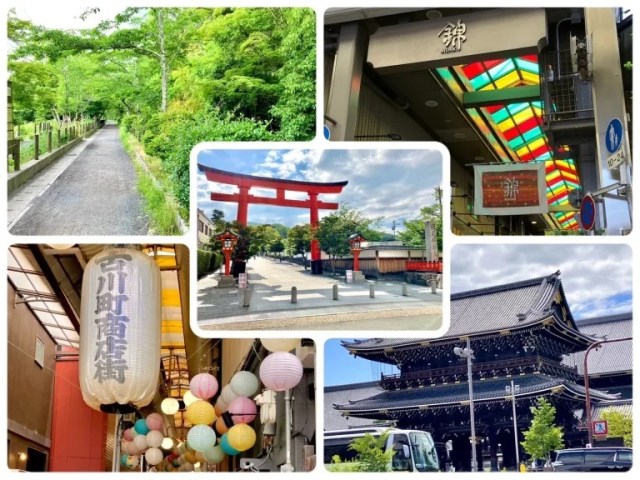
Maps and walking times for enjoying Kyoto’s beautiful historical sites while skipping its crazy-crowded buses.
Kyoto is sort of unique among large Japanese cities in that, ostensibly, buses should be the most convenient way to get around. Kyoto’s train/subway network just isn’t very dense or extensive, and especially in the historical parts of the city where its best sightseeing attractions are, rail stations can be few and far between.
Unfortunately, buses don’t have anywhere near the passenger capacity that trains do, and between the local population and ever-increasing tourist numbers, Kyoto’s buses have become very crowded these days. Not only are many residents dismayed about the inconvenience, even from a tourist’s standpoint this can be a problem, as sometimes the buses will be too crowded for you and your companions to even board.
But what if you skipped both the crowded buses and inconvenient trains? What if you toured Kyoto entirely by walking? Those are the questions we found ourselves pondering, and so we set out to see how much of Kyoto you can cover, on foot, in one day.
● Section 1: Kyoto Station to Fushimi Inari Shrine (40 minutes)
For our starting point we picked Kyoto Station, since it’s the access point by which pretty much all travelers arrive in the city. We started our walk at 7 a.m., with our first destination Fushimi Inari Shrine, but as you’ll see throughout this guide, there are plenty of smaller, but still big-on-charm, sights to see on the pedestrian path between Kyoto’s major attractions, showing just how much history is waiting for you in the city.
▼ Kyoto Tower can be seen from the north-side exits of Kyoto Station
If you’re walking from Kyoto Station to Fushimi Inari, you’ll first head east, crossing the Kamogawa River. We’re generally not morning people here at SoraNews24, but with weather this beautiful, we felt very good about getting up early for a change.
Eventually, you’ll need to veer south, and when you do you’ll come to Seo Shrine (瀬尾神社).
▼ Kyoto Station to Seo Shrine
This is a good time to point something out. For this guide, we’re focusing on the walking route itself, so we’re not including time spent sightseeing at the temples, shrines, and other landmarks along the way. As you’ll see, we’re going to be walking by dozens of beautiful historical sights, so picking which to go inside of is something best decided on according to your particular tastes and, if this isn’t your first time in the city, your previous Kyoto-visit experiences.
From here, we’re going to be zigzagging to the southeast to get to Fushimi Inari, and along the way are Hoshoji Temple (法性寺)…
…Tofukuji Temple (東福寺)…
…and Nenbutsuji Temple (念佛寺).
From there it’s just a short stroll south to the brightly colored exterior of Tanaka Shrine (田中神社)…
…a little farther south to Gokurakuji Temple (極楽寺)…
…and then arriving at Fushimi Inari Shrine.
That might sound like a ton of walking, but it only took us 40 minutes, and we weren’t trying to hurry. With the day still young, it was time for the second leg of our walking tour of Kyoto.
● Section 2: Fushimi Inari Shrine to Kiyomizudera Temple (50 minutes)
Fushimi Inari is basically Kyoto’s most southeastern-situated tourism destination, so we’ve got some backtracking to do in this segment. Once back on new ground, our first point of interest is Senshoji Temple (専称寺)…
…followed by Hojuji Temple (法住寺)…
…and Yogenin Temple (養源院)…
…which brings us to the entrance of Sanjusangendo (三十三間堂), a temple famous for its incredibly long main hall and thousand-plus statues of Kannon, Buddhist deity of mercy and compassion.
Next we have some more modern, but still eye-catching, architecture right across the street with the Kyoto National Museum…
…and then it’s back to traditional aesthetics a block east at Chishakuin Temple (智積院).
Myohoin Temple (妙法院) is currently in the process of a major renovation process, which is scheduled to continue until December of 2026, but at least its gate is still intact and uncovered.
From here, we’re entering Higashiyama and Sakyo Wards, which even by Kyoto standards are considered neighborhoods filled with classy classical culture sites, like the Otani Honmyo Shrine (大谷本廟) and the majestic bridge at its entrance.
…Anshoin Temple (安祥院)…
…and Hotokuji Temple (宝徳寺).
Hotokuji is actually on the famous sloped street that leads into Kiyomizudera, one of the most famous and beautiful temples in all of Japan, so it’s just another two minutes’ walk up the hill to arrive at the entrance.
And you know what? Even with all of these gorgeous landmarks, we’d still only been walking for an hour and a half, arriving at Kiyomizudera at 8:30 a.m.! We’ll be back soon with the next portion of our no-bus tour of Kyoto, on which we’ll be hitting Sannenzaka and Nene no Michi.
Photos ©SoraNews24
● Want to hear about SoraNews24’s latest articles as soon as they’re published? Follow us on Facebook and Twitter!

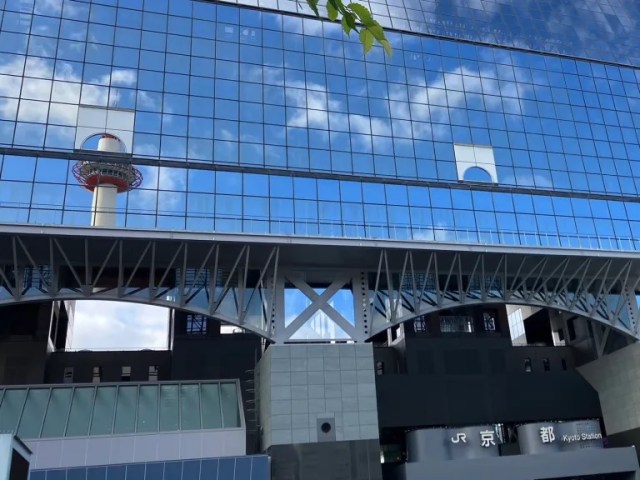
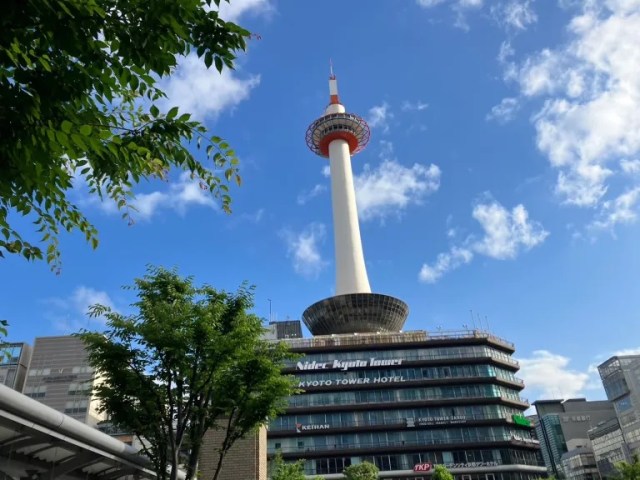
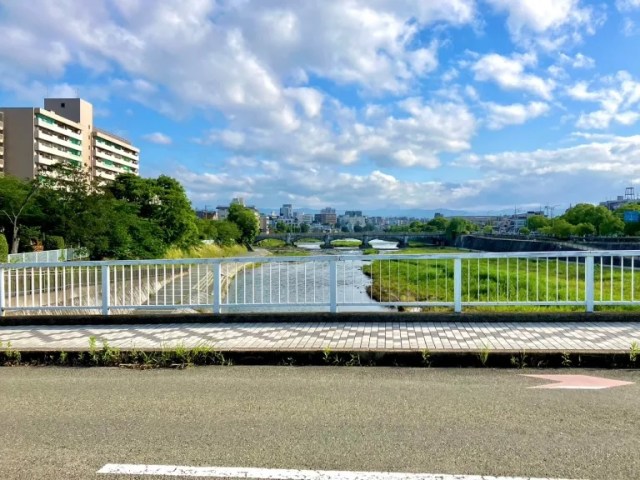
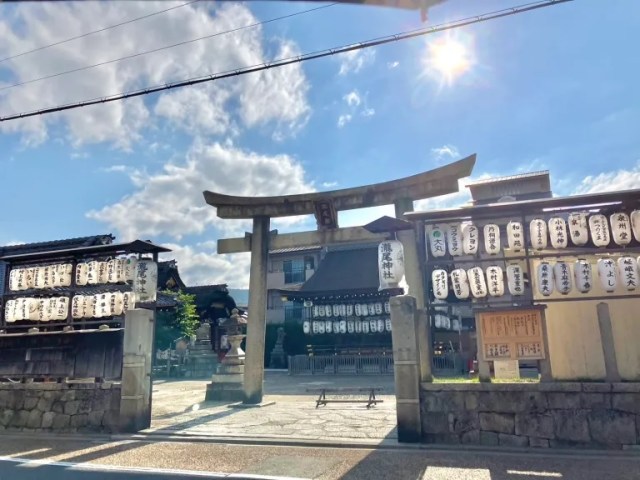
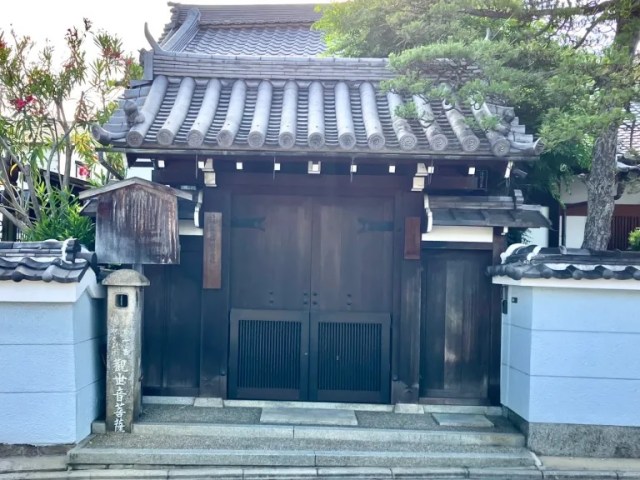
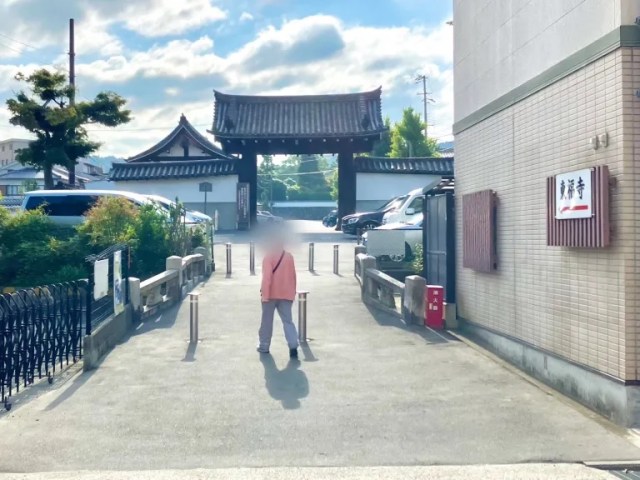
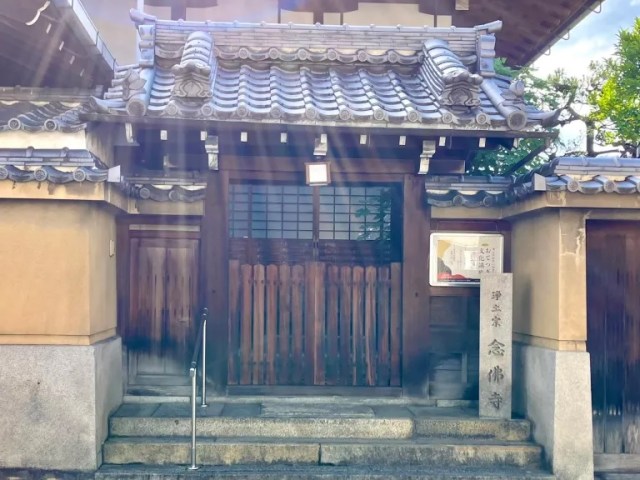
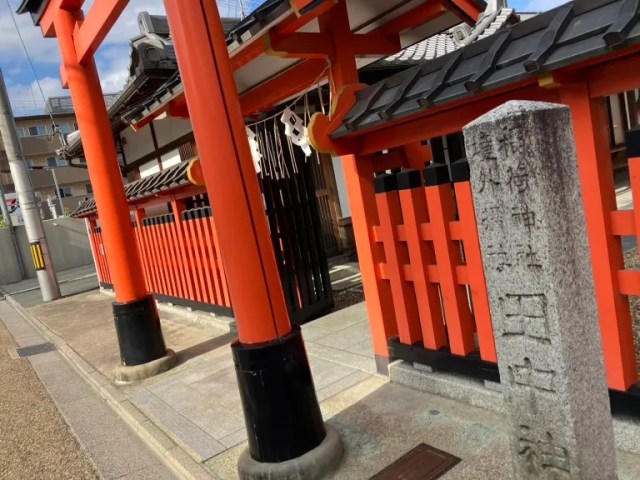
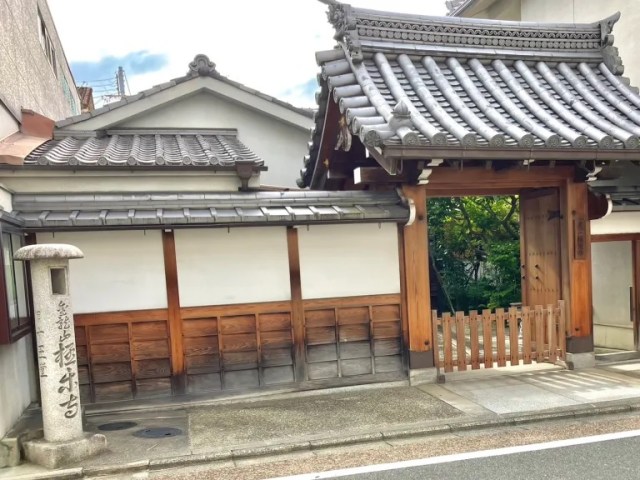
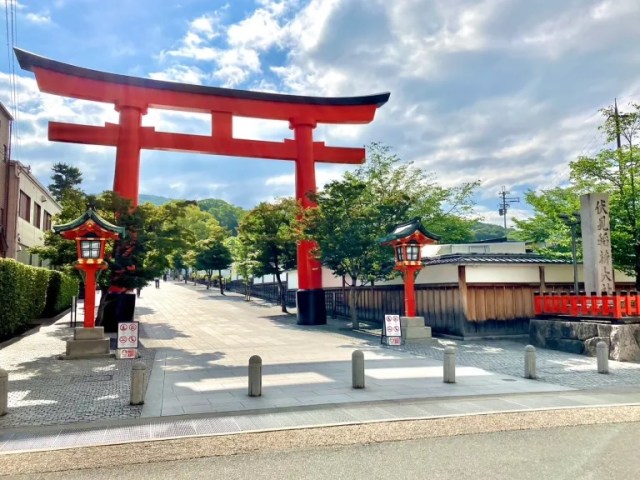
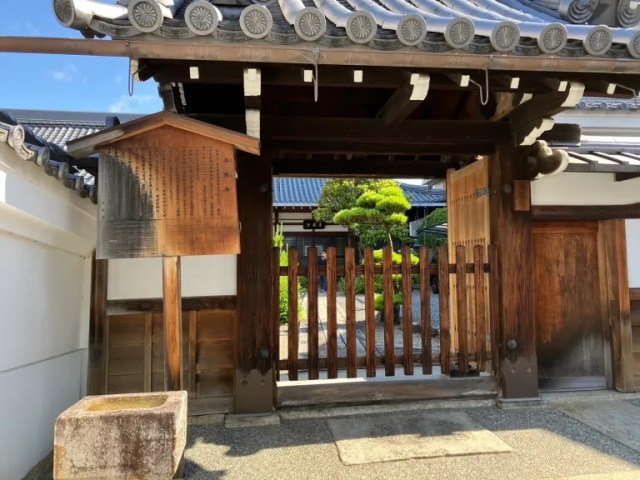
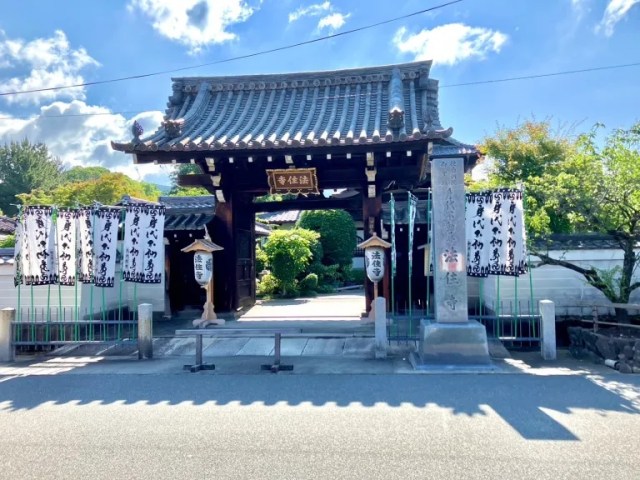
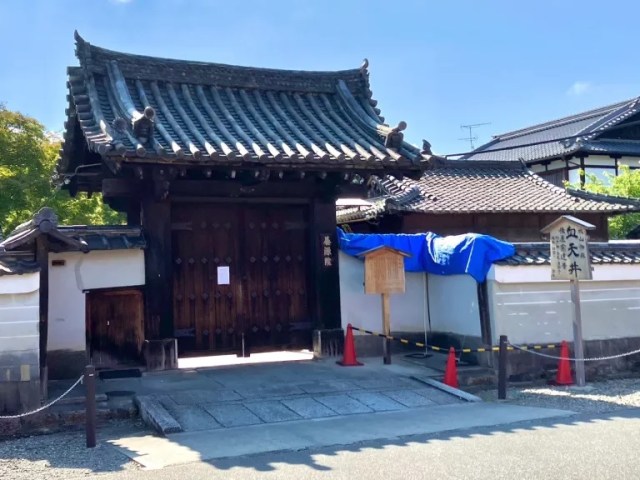
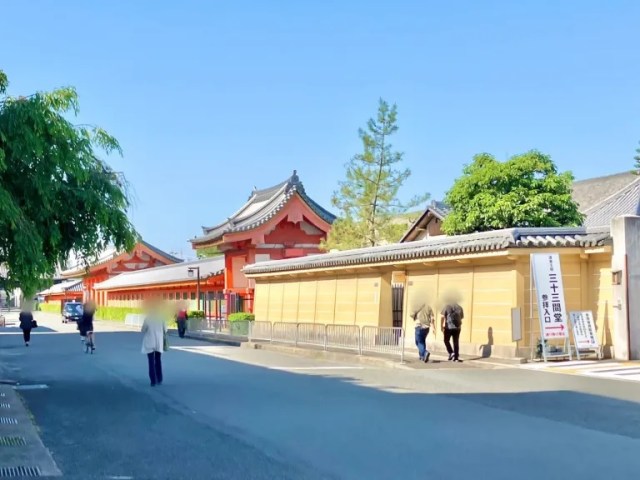
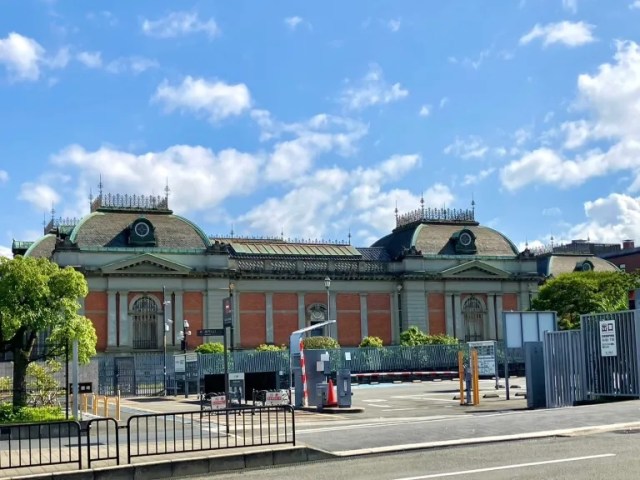
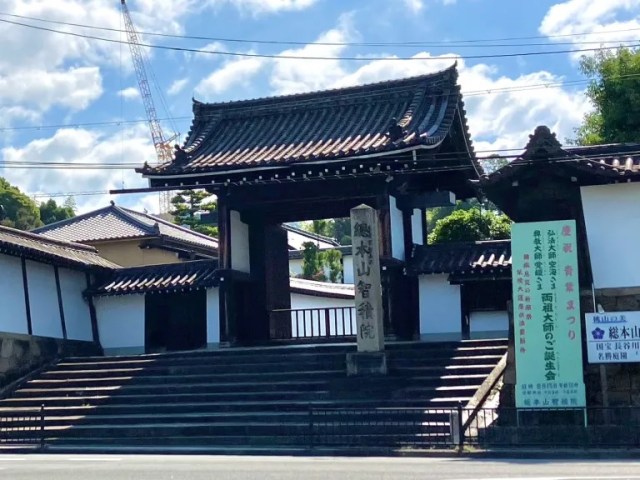
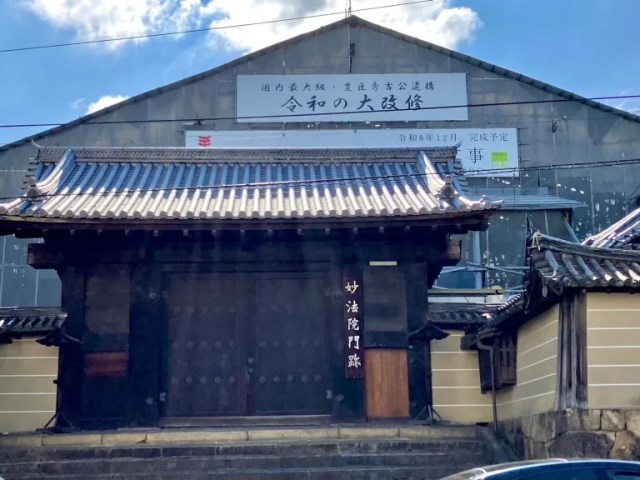
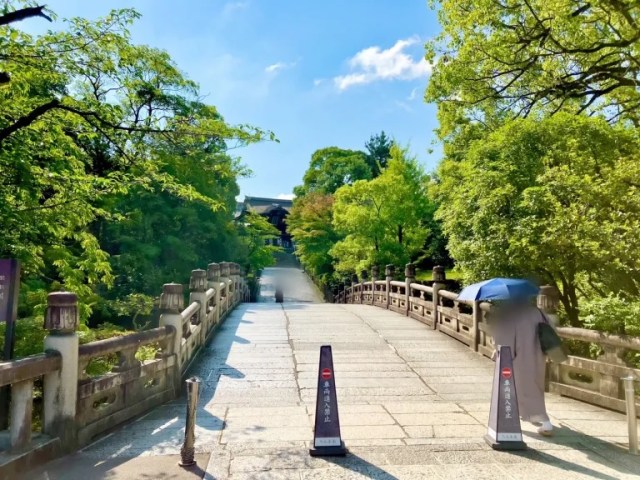
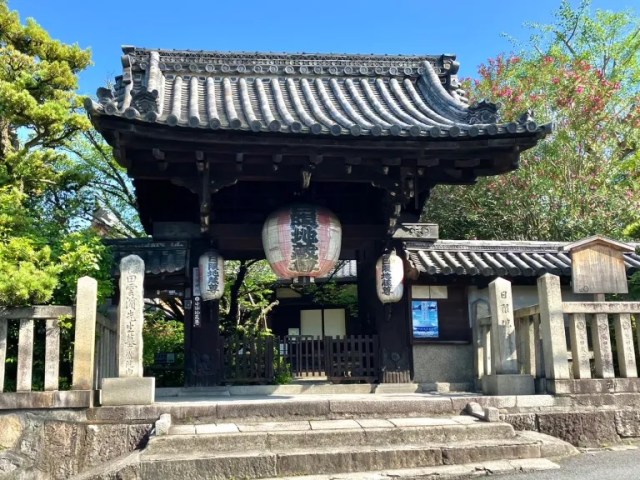
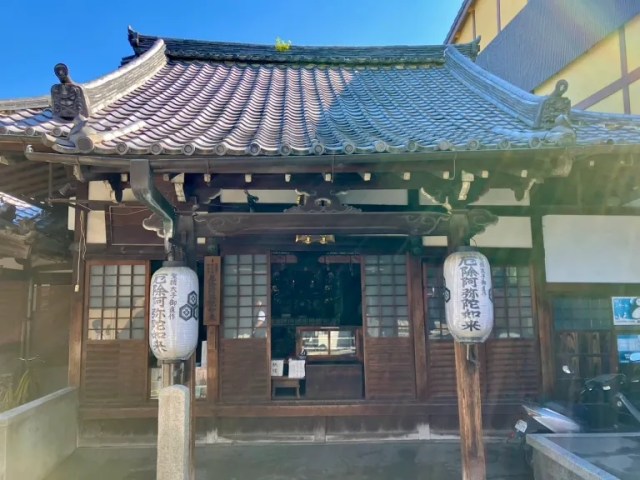
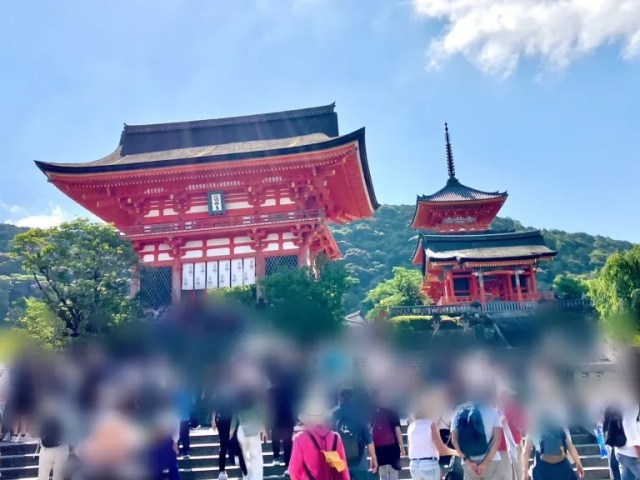
 No-bus Kyoto sightseeing! SoraNews24’s ultimate on-foot guide for Japan’s former capital【Part 2】
No-bus Kyoto sightseeing! SoraNews24’s ultimate on-foot guide for Japan’s former capital【Part 2】 No-bus Kyoto sightseeing! SoraNews24’s ultimate on-foot guide for Japan’s former capital【Part 4】
No-bus Kyoto sightseeing! SoraNews24’s ultimate on-foot guide for Japan’s former capital【Part 4】 No-bus Kyoto sightseeing! SoraNews24’s ultimate on-foot guide for Japan’s former capital【Part 3】
No-bus Kyoto sightseeing! SoraNews24’s ultimate on-foot guide for Japan’s former capital【Part 3】 How to do an overnight bus trip to Tokushima from Tokyo – Part 1【Photos】
How to do an overnight bus trip to Tokushima from Tokyo – Part 1【Photos】 Tokyo big walk – Walking from Tokyo Station to the Big Sight convention center on Tokyo Bay【Pics】
Tokyo big walk – Walking from Tokyo Station to the Big Sight convention center on Tokyo Bay【Pics】 Japanese vending machine serves up unique drinks at four Tokyo train stations
Japanese vending machine serves up unique drinks at four Tokyo train stations Massive manga collaboration bringing 100 years of Shueisha manga to Uniqlo T-shirts【Photos】
Massive manga collaboration bringing 100 years of Shueisha manga to Uniqlo T-shirts【Photos】 Canned cuteness as Hello Kitty and friends kick off Can Chara capsule toy line【Photos】
Canned cuteness as Hello Kitty and friends kick off Can Chara capsule toy line【Photos】 Visiting Japan’s Gyarados Pokémon park in the city with a special connection to Magikarp【Photos】
Visiting Japan’s Gyarados Pokémon park in the city with a special connection to Magikarp【Photos】 Does a poopy butthole translate to lottery-winning riches in Japan? The results are in!
Does a poopy butthole translate to lottery-winning riches in Japan? The results are in! Tokyu Kabukicho Tower backtracks on its gender-neutral toilets, rejigging them to appease public
Tokyu Kabukicho Tower backtracks on its gender-neutral toilets, rejigging them to appease public Attack on Titan sukajan jackets bring elegant action to your wardrobe, are two garments in one
Attack on Titan sukajan jackets bring elegant action to your wardrobe, are two garments in one The Yellow Lucky Bag from Village Vanguard is so bad it may damage Japan-US relations
The Yellow Lucky Bag from Village Vanguard is so bad it may damage Japan-US relations We check out Patlabor’s giant robot, plus cosplayers and anime booze galore, at Anime Japan
We check out Patlabor’s giant robot, plus cosplayers and anime booze galore, at Anime Japan Majority of Japanese women in survey regret marrying their husband, but that’s only half the story
Majority of Japanese women in survey regret marrying their husband, but that’s only half the story Starbucks Japan releases new drinkware and goods for Valentine’s Day
Starbucks Japan releases new drinkware and goods for Valentine’s Day Starbucks Japan releases new Frappuccino and latte for Valentine’s Day
Starbucks Japan releases new Frappuccino and latte for Valentine’s Day Our 52-year-old pole dancing reporter shares his tips for achieving your New Year’s exercise goal
Our 52-year-old pole dancing reporter shares his tips for achieving your New Year’s exercise goal Totoro cream puffs and Catbus cookies are finally available in downtown Tokyo
Totoro cream puffs and Catbus cookies are finally available in downtown Tokyo Giant hotel rooms in Osaka reflect the new non-niche face of travel in Japan.
Giant hotel rooms in Osaka reflect the new non-niche face of travel in Japan. Japanese women showing rebounding interest in giving Valentine’s Day chocolate【Survey】
Japanese women showing rebounding interest in giving Valentine’s Day chocolate【Survey】 Japan’s kid-friendly ski program is now selling Pikachu snowboards for a limited time only
Japan’s kid-friendly ski program is now selling Pikachu snowboards for a limited time only Ramen restaurant’s English menu prices are nearly double its Japanese ones, denies discriminating
Ramen restaurant’s English menu prices are nearly double its Japanese ones, denies discriminating 10 times to avoid traveling in Japan in 2026
10 times to avoid traveling in Japan in 2026 Starbucks Japan ready to get Year of the Horse started with adorable drinkware and plushies【Pics】
Starbucks Japan ready to get Year of the Horse started with adorable drinkware and plushies【Pics】 7-Eleven Japan starts new temporary luggage storage service in over 300 branches
7-Eleven Japan starts new temporary luggage storage service in over 300 branches Disillusionment at Tsukiji’s tourist-target prices led us to a great ramen restaurant in Tokyo
Disillusionment at Tsukiji’s tourist-target prices led us to a great ramen restaurant in Tokyo Starbucks teams up with 166-year-old Kyoto doll maker for Year of the Horse decorations【Photos】
Starbucks teams up with 166-year-old Kyoto doll maker for Year of the Horse decorations【Photos】 Japan may add Japanese language proficiency, lifestyle classes to permanent foreign resident requirements
Japan may add Japanese language proficiency, lifestyle classes to permanent foreign resident requirements Survey asks foreign tourists what bothered them in Japan, more than half gave same answer
Survey asks foreign tourists what bothered them in Japan, more than half gave same answer Japan’s human washing machines will go on sale to general public, demos to be held in Tokyo
Japan’s human washing machines will go on sale to general public, demos to be held in Tokyo We deeply regret going into this tunnel on our walk in the mountains of Japan
We deeply regret going into this tunnel on our walk in the mountains of Japan Studio Ghibli releases Kodama forest spirits from Princess Mononoke to light up your home
Studio Ghibli releases Kodama forest spirits from Princess Mononoke to light up your home Major Japanese hotel chain says reservations via overseas booking sites may not be valid
Major Japanese hotel chain says reservations via overseas booking sites may not be valid Put sesame oil in your coffee? Japanese maker says it’s the best way to start your day【Taste test】
Put sesame oil in your coffee? Japanese maker says it’s the best way to start your day【Taste test】 No more using real katana for tourism activities, Japan’s National Police Agency says
No more using real katana for tourism activities, Japan’s National Police Agency says Starbucks Japan reveals new sakura drinkware collection, inspired by evening cherry blossoms
Starbucks Japan reveals new sakura drinkware collection, inspired by evening cherry blossoms Updated cherry blossom forecast shows extra-long sakura season for Japan this year
Updated cherry blossom forecast shows extra-long sakura season for Japan this year How to do an overnight bus trip to Hirosaki from Tokyo – Part 2【Photos】
How to do an overnight bus trip to Hirosaki from Tokyo – Part 2【Photos】 No train, no hotel – How to do an overnight bus trip to Kanazawa from Tokyo – Part 1【Photos】
No train, no hotel – How to do an overnight bus trip to Kanazawa from Tokyo – Part 1【Photos】 How to do an overnight bus trip to Tokushima from Tokyo – Part 2【Photos】
How to do an overnight bus trip to Tokushima from Tokyo – Part 2【Photos】 Station of despair: What to do if you get stuck at the end of Tokyo’s Chuo Rapid Line
Station of despair: What to do if you get stuck at the end of Tokyo’s Chuo Rapid Line How to do an overnight bus trip to Hirosaki from Tokyo – Part 1【Photos】
How to do an overnight bus trip to Hirosaki from Tokyo – Part 1【Photos】 How to do an overnight bus trip to Kanazawa from Tokyo【Photos】 – Part 2
How to do an overnight bus trip to Kanazawa from Tokyo【Photos】 – Part 2 Tokyo’s busiest train line to be partially shut down this weekend as part of Shibuya renovations
Tokyo’s busiest train line to be partially shut down this weekend as part of Shibuya renovations Tokyo’s 400-year-old Shinto shrine welcomes Roombas to help with annual susuosame ceremony【Video】
Tokyo’s 400-year-old Shinto shrine welcomes Roombas to help with annual susuosame ceremony【Video】 “Men-only train car” to run in Tokyo as part of “Weak Men’s” association awareness campaign
“Men-only train car” to run in Tokyo as part of “Weak Men’s” association awareness campaign Kyoto travel alternative: The “little Kyoto” of Shuzenji【Photos】
Kyoto travel alternative: The “little Kyoto” of Shuzenji【Photos】 Biking around Tama Lake: A super-easy, super-relaxing afternoon getaway from downtown Tokyo【Pics】
Biking around Tama Lake: A super-easy, super-relaxing afternoon getaway from downtown Tokyo【Pics】 Tokyo shrine hosts event for anime fans ready to let go and recycle character keychains, standees
Tokyo shrine hosts event for anime fans ready to let go and recycle character keychains, standees Fire breaks out in Kyoto hotel, mobile battery to blame
Fire breaks out in Kyoto hotel, mobile battery to blame Hidden travel gems of northern east Japan, presented by the Kita Kanto Brothers!【Photos】
Hidden travel gems of northern east Japan, presented by the Kita Kanto Brothers!【Photos】 One of the busiest stations in Tokyo is changing the name on its signs, but not necessarily to make it easier for people to find their way around.
One of the busiest stations in Tokyo is changing the name on its signs, but not necessarily to make it easier for people to find their way around. How far away from Tokyo can you get with 5,000 yen? Let’s find out!
How far away from Tokyo can you get with 5,000 yen? Let’s find out!
Leave a Reply